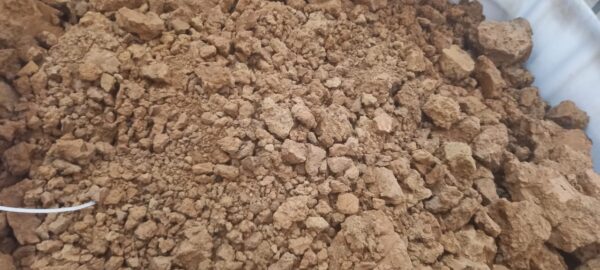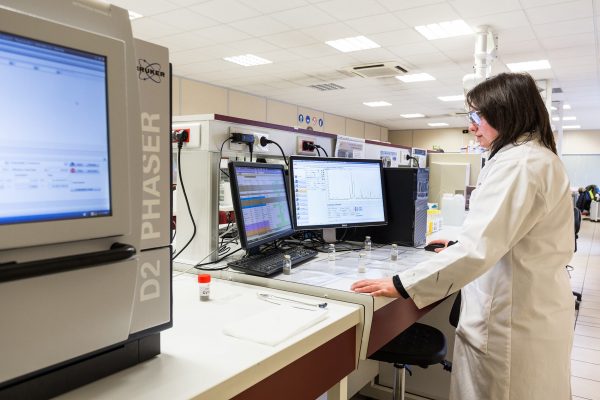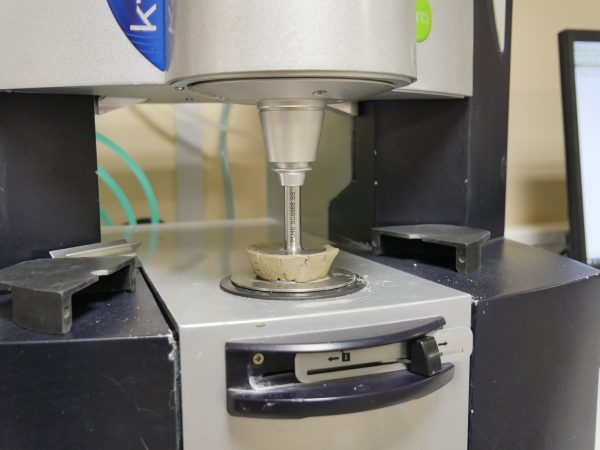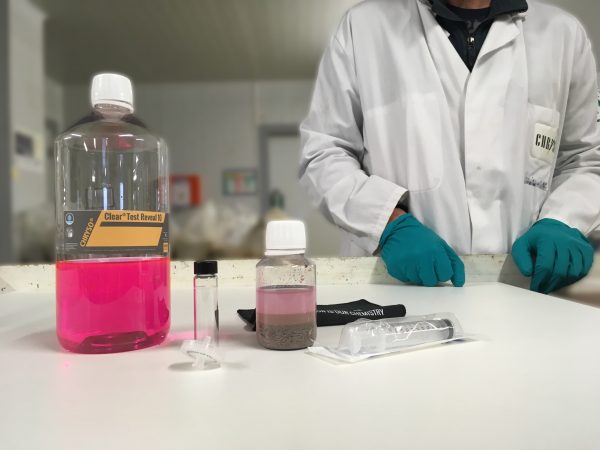
Compatibility between calcined clay-blended cements and PCE superplasticizers
Discover our latest LabNews scientific article and the impact that the different sources of calcined clay…

CASE STUDY: OPTIMIZATION OF CLINKER CONTENT IN LIMESTONE-BASED CEMENTS – BALL MILL PROCESS
During this field trial, we have compared CHRYSO®ICARE technology to a conventional product in terms of…

ACTIVATION OF SLAG BLENDED CEMENTS BY AMINES
Cements containing blast furnace slags such as CEM III cements are increasingly used in both precast…

LUMINTECH®, COLOURED PHOTOLUMINESCENT PARTICLES FOR DECORATIVE CONCRETE
The introduction of luminescent pigments in materials in order to provide visibility in low light or…

OVERTAKING CEMENT GRINDING PROCESS LIMITATIONS TO REACH FULL CEMENT ACTIVATION POTENTIAL
The performance of conventional strength enhancers can be limited by different grinding process constraints. An example…

IMPROVING VRM STABILITY TO ACHIEVE HIGHER CLINKER FACTOR REDUCTION
In some specific process conditions (e.g. Vertical Roller Mills), the use of conventional high performance strength…

ACTIVATION OF BLENDED CEMENT BY AMINE ADDITIVES
In order to reduce CO2 emissions coming from cement production, manufacturers are increasingly making use of…

THIXOTROPY AND FILL-FREE® ADMIXTURES
Cement pastes are thixotropic; left at rest, their rheological constants —among which viscosity— increase over time.…

INTERACTION BETWEEN CLAYS AND POLYCARBOXYLATE SUPERPLASTICIZERS
The robustness of PolyCarboxylate Ether (PCE) superplasticizer performance is challenged by the variable amount of clay…


